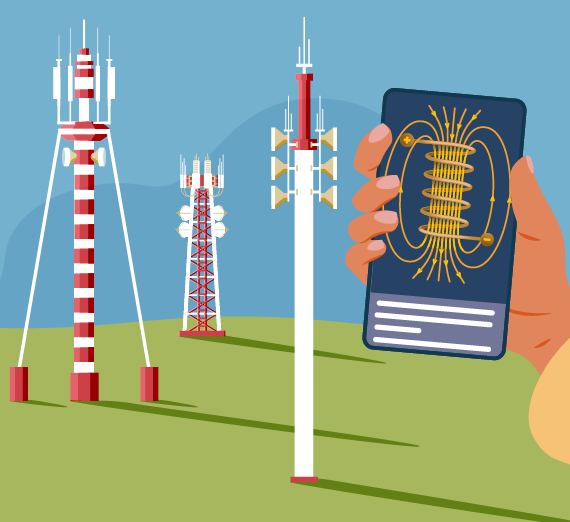
When you're on a smartphone, browsing the internet, watching TV, or even listening to the radio, antennas and applied electromagnetism are working behind the scenes to keep you connected and make your everyday life more convenient. A typical cell phone contains at least six antennas and multiple radios for cellular service, Wi-Fi, and GPS!
What can you do with Applied Electromagnetism and Antennas?
Industries that rely on these signals and antennas include telecommunications, broadcasting, aerospace, automotive, defense, and medical electronics. Here are a few of the high-paying career options:
- Antenna Engineers design antennas for wireless communication, satellite systems, and radar systems.
- RF (Radio Frequency) Engineers play a crucial role in the design and development of wireless devices, such as smartphones, wireless routers, and IoT (Internet of Things) devices.
- EMC (Electromagnetic Compatibility) Engineers ensure that electronic devices and systems do not interfere with each other and comply with EMC standards, making these professionals essential to consumer electronics, automotive, aerospace, and telecommunications industries.
- Radar Systems Engineers develop radar systems used in aviation, military, weather monitoring, and test new applications for detection and tracking of objects
- Wireless Communication Engineers design and optimize systems such as cellular networks, Wi-Fi, Bluetooth, and satellite communications
What you'll study in Applied Electromagnetism and Antennas
Students start with electromagnetic theory, which includes understanding electric and magnetic fields, electromagnetic waves, and their behavior. Advanced topics include antenna design, RF engineering, signal processing, and data transmission.


